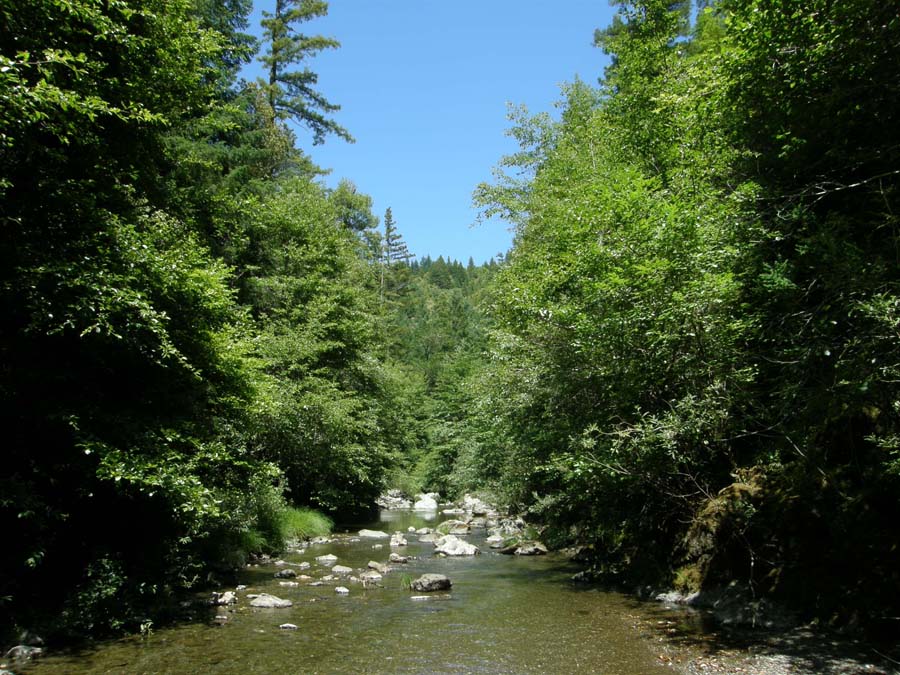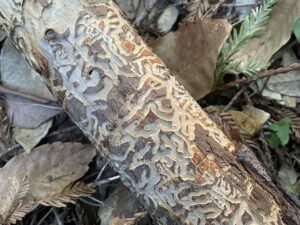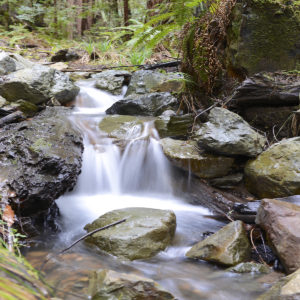On May 31, the ink will dry on the largest land conservation deal in Sonoma County history: $24.5 million to permanently protect the 19,000-acre Preservation Ranch from a long-threatened vineyard and estate conversion process.
That sounds big, and it is, but it’s actually just one part of a vast expanse of 58,000 acres of contiguous preserved land encompassing huge parts of both the Gualala and Garcia River watersheds.
These forestlands, once owned by a timber company and later threatened with conversion to vineyards and estate homes, are now owned by the Conservation Fund, a Virginia-based nonprofit that specializes in preserving large parcels.
For Chris Kelly, the fund’s California program director, the Preservation Ranch deal comes at the end of more than a decade of work that began when North Coast timber companies seemed likely to start selling off their lands.
“We were coming to the end of this decades long trend of depletion,” Kelly says. That sounds good, but it came with a major caveat: Where timber companies had consolidated ownership of huge areas, the trend once those lands were logged out seemed to be toward ever smaller parcels. Bad as clearcutting had been, fragmentation could have been worse.
“We were starting to see the fragmentation from bigger tracts to smaller tracts,” Kelly says. “That was our conservation case, why we needed to act. When we started doing this in 2003, there was one 58,000-acre parcel, a 28-mile stretch of forest lands in one owner.”
Soon thereafter, Kelly’s organization was able to purchase the northernmost 24,000 acres, the Garcia River forest, but the southerly portion, Preservation Ranch, was slated for development into vineyards and estates on as many as 60 parcels.
“The very scenario we proposed to stop was now unfolding before our eyes,” explains Kelly. “Now in 2013, we will have reassembled that original 58,000-acre parcel over the course of a decade. Carbon offsets have played a significant role in that, as have voter-approved bond funds.”
The Forest
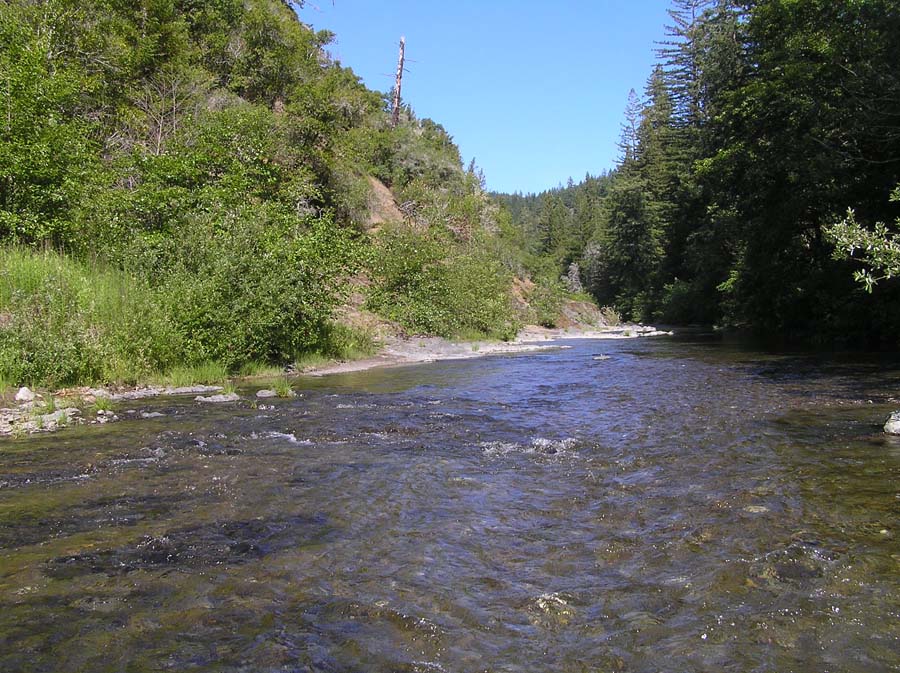
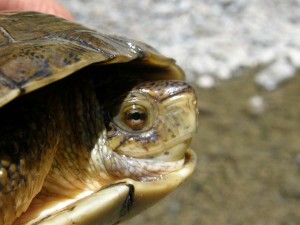
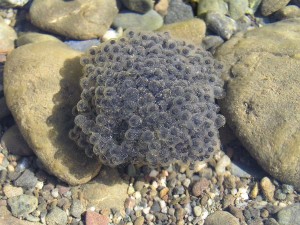
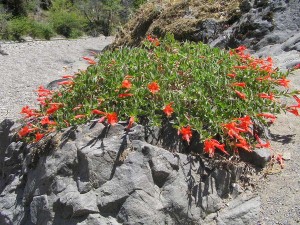
One of the Bay Area’s foremost ecologists, Peter Baye, happens to live just a few miles from Preservation Ranch, in the tiny hamlet of Annapolis. He’s also fought the Preservation Ranch vineyard conversion from the beginning, on behalf of the Friends of the Gualala River.
“There’s a lot of diversity in the watershed,” says Baye, “and it’s also mostly private, so there’s been very little exploration. When they started doing surveys for Preservation Ranch, they were finding mountain lion dens and salamanders they weren’t identifying, sightings of fisher and elk not confirmed. It’s been scarcely explored. The only modern surveys that have been done were done for this project.”
And even though the land was severely affected by clearcutting in the 1950s and 60s, it seems to be recovering remarkably well, says Baye, especially compared to the Russian River next door: Here, there was never much agriculture, creeks stripped of cover by logging are once again shaded, which make them better fish habitat, and the streams are steep and fast, so they flush sediment quickly.
Things look pretty good now, but Baye stresses that there’s much more to learn about the forest: “This came out of the timber harvest era that didn’t have surveys. It really is a jump from the 19th century to 2013 in terms of what we know about the landscape. I just know what’s around the edges and up the streams. It’s pretty amazing.”
Baye might get access through upcoming surveys or other professional work. For the rest of us, public access is also on the horizon, but there’s no timetable yet for when that would happen, and much restoration work to be done meanwhile.
Finding the Money
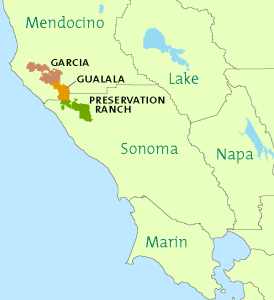 In some respects, this is a typical conservation deal writ large: A complex ballet of funds had to come together from the Coastal Conservancy ($10 million), the Sonoma County Agriculture and Open Space Preservation District ($4 million), the Sonoma Land Trust ($1 million), and the Conservation Fund itself ($9 million). (Get more of the political story here.)
In some respects, this is a typical conservation deal writ large: A complex ballet of funds had to come together from the Coastal Conservancy ($10 million), the Sonoma County Agriculture and Open Space Preservation District ($4 million), the Sonoma Land Trust ($1 million), and the Conservation Fund itself ($9 million). (Get more of the political story here.)
That buys the land. But then there’s the question of how to manage such huge parcels, with dozens or hundreds of culverts, eroding logging roads, and other major maintenance costs. “Most of land conservation these days is taking an already fragmented landscape and trying to put it together,” sys Kelly. “In this case, the challenge wasn’t how to put it together, but how do you even think of conserving at this scale?”
At Preservation Ranch and its sister watersheds to the north, the Conservation Fund aims to pay for ongoing management with a combination of carbon credits and what Kelly calls “light-touch forestry.”
The carbon credits are the key to Kelly’s model and will make up some 90 percent of the revenue off the land for the near future. (After several decades of timber growth, there will be more revenue from selective harvesting.)
“One of the risks and one of the reasons we have been acquiring forests in Northern California is that the redwood forests have been intensely managed for the last 70 years at a pace faster than the forest grows,” Kelly explains. “The forest now is so depleted of commercial timber that there’s very little value as timber, so what do you do? Maybe you sell the parcels, maybe you convert it to vineyards, which was the [proposal] at Preservation Ranch.”
The deal was even promoted as a way to preserve some forestland, while converting other tracts to vineyards. To Peter Baye, it looked like the developers wanted to get credit for leaving trees on hillsides so steep they couldn’t be used anyway.
Kelly says the carbon market offered a different path. “Carbon offsets allow us to be very patient and essentially wind back the clock to the way these forests were in the middle of the 20th century,” says Kelly. “Over time, we could harvest much more closely to the annual growth, but the carbon offsets let us take a break. That’s the idea and that’s what’s allowed us to manage these large tracts and improve conditions not only for terrestrial species but also for aquatic species.”
There’s been significant controversy about whether the state should accept forest-based credits, with much debate revolving around whether credits for projects in other countries—currently the focus is on Chiapas, Mexico, and Acre, Brazil—should be exchanged for the right to pollute here.
“People want a sense of proximity of the solution to the problem you’re trying to mitigate,” says Kelly. “Our projects are in a highly regulated state, and in the state that is going to administer the regulations, and we’re not locking up the forest, and we’re doing timber management and watershed restoration, so there will be jobs. And, though they’re not in East LA, at least our forests are proximate to the problem we’re trying to address.”
In the process of buying up cut-over timberlands, the Conservation Fund has become the second-largest holder of credits in the Climate Action Reserve, one of two registries for projects likely to become part of the state’s new cap-and-trade program.
There’s also the uncertainty of whether forest offsets will really lock in improved forest practices for the long term and reduce overall greenhouse gas emissions. “There are tremendous variation, conflict of interests, and uncertainty involved in the claims and activities that sequester carbon or avert greenhouse gas emissions and thus generate credits,” Kathy McAfee, an international relations professor at San Francisco State University, wrote to me in an email.
Kelly figures that relatively few traditional forest landowners in California will want to deal with the commitments required. “To enter into a forest-based carbon offset project requires the owner of the land to make a 100-year commitment to protect that carbon they are sequestering,” says Kelly. “AB 32 [California’s key global warming law] only goes through 2020, so there might be only seven years of carbon sales. It’s so uncertain that a private landowner is not going to make that commitment yet. As a nonprofit, we are morally committed to the long term. That’s why we bought these lands — to keep them from getting subdivided and converted. That’s our mission.”
Amy Chesnut, the Sonoma Land Trust’s acquisitions director, is looking forward to preserving even more land during that long haul: “I would say we have an opportunity with large holdings for another 50,000 to 60,000 acres or more adjacent to [Preservation Ranch] along the North Coast and inland from there.”

